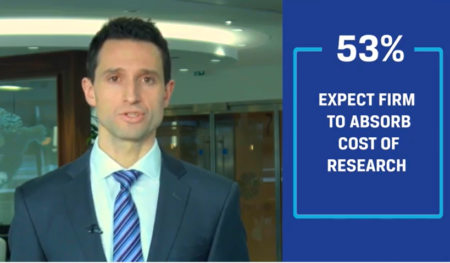MiFID II: A New Paradigm for Investment Management
The revised Markets in Financial Instruments Directive (MiFID II), which comes into effect on 3 January 2018, introduces a sweeping overhaul of European financial markets, affecting market structures and the trading of financial instruments. In addition, it prescribes conduct-of-business standards for firms providing investment products and services, including provisions governing payment for investment research.
The traditional research payment model is a soft-dollar arrangement in which firms pay brokers a bundled commission to receive execution services alongside research. Accordingly, clients effectively incur the cost of research. In contrast, MiFID II introduces an explicit payment model (sometimes referred to as a hard-dollar arrangement) in which research must be priced and provided separately from execution services. Asset management firms will have the option to either absorb the cost of research internally, or to charge clients via a separately funded research payment account.
CFA Institute surveyed European investment professionals to better understand the state of the market for investment research ahead of the introduction of MiFID II. The results are available in MiFID II: A New Paradigm for Investment Research. Here, report author Rhodri Preece, CFA, discusses its key findings.
See: MiFID II Video
It may be several months or years before the full effects of MiFID II crystalize . The competitiveness of firms may depend on how successfully they adapt their research business models. Although the transition to the new paradigm may be disruptive, it has the potential to deliver a more efficient market in the long run.
If you liked this post, consider subscribing to Market Integrity Insights.
Photo Credit: ©CFA Institute 2017


Has there been any update on MiFID II from the CFA Institute? I have been speaking to several large fund managers and the impact is going to be pretty dramatic to the research process.